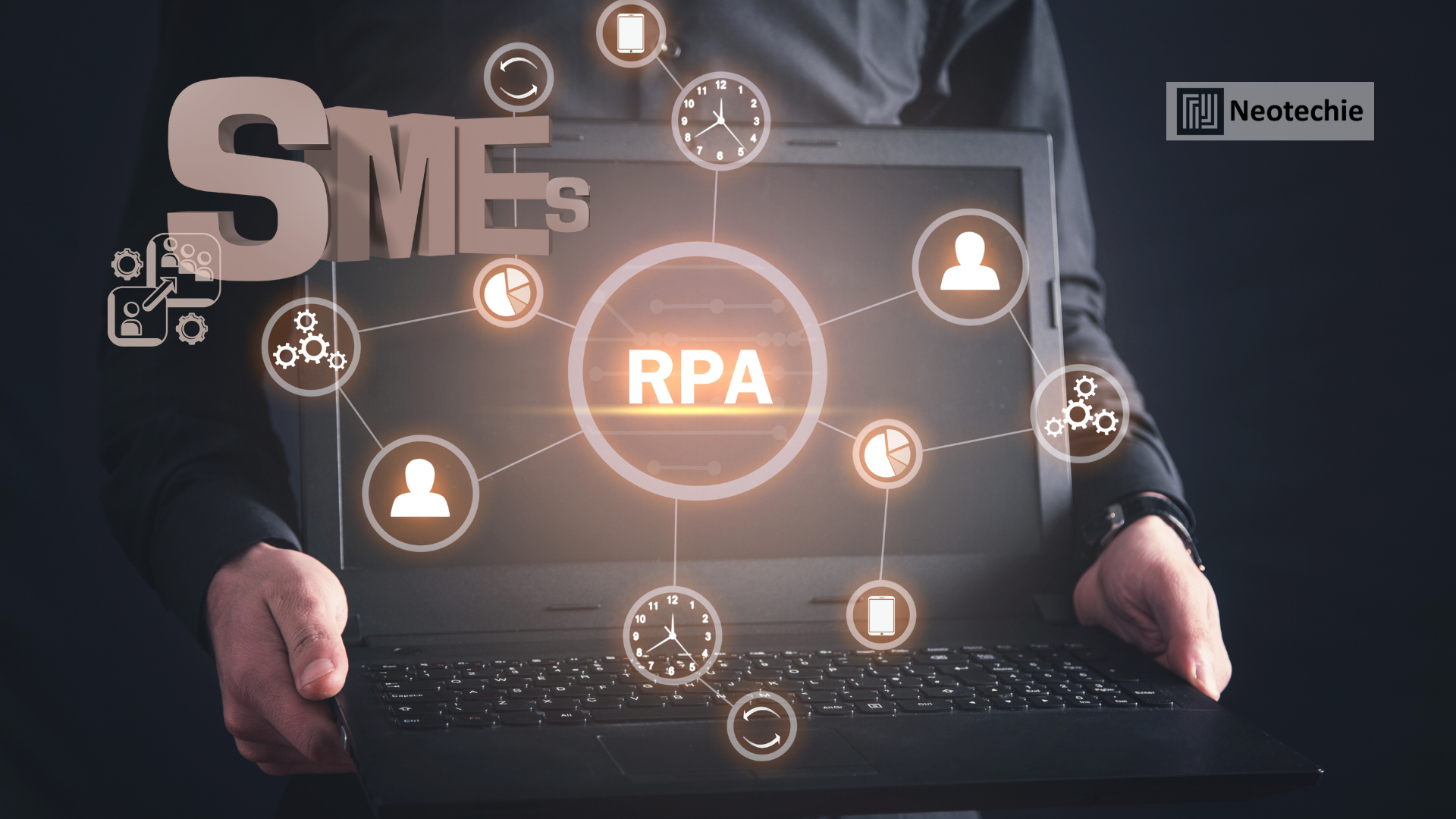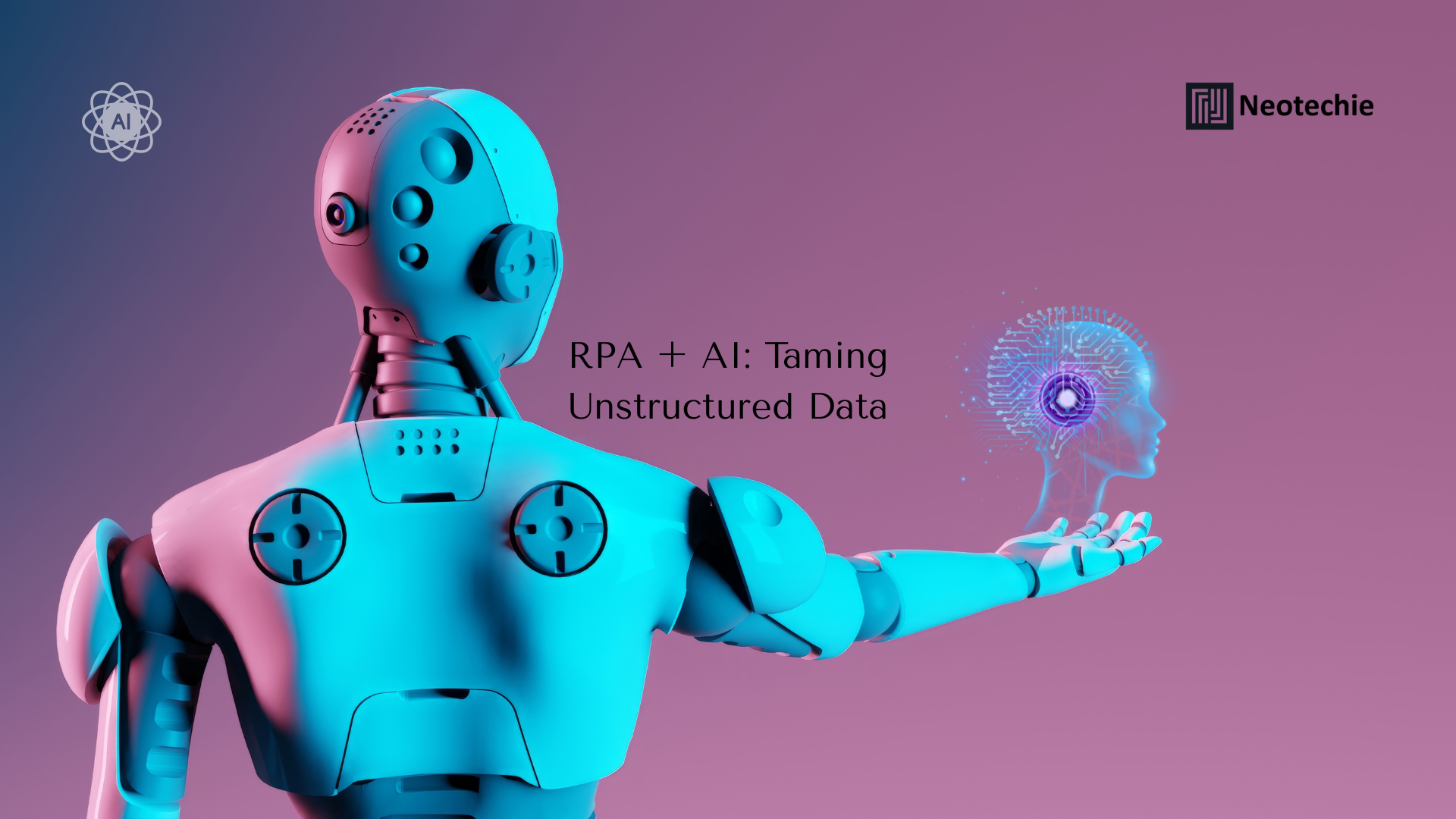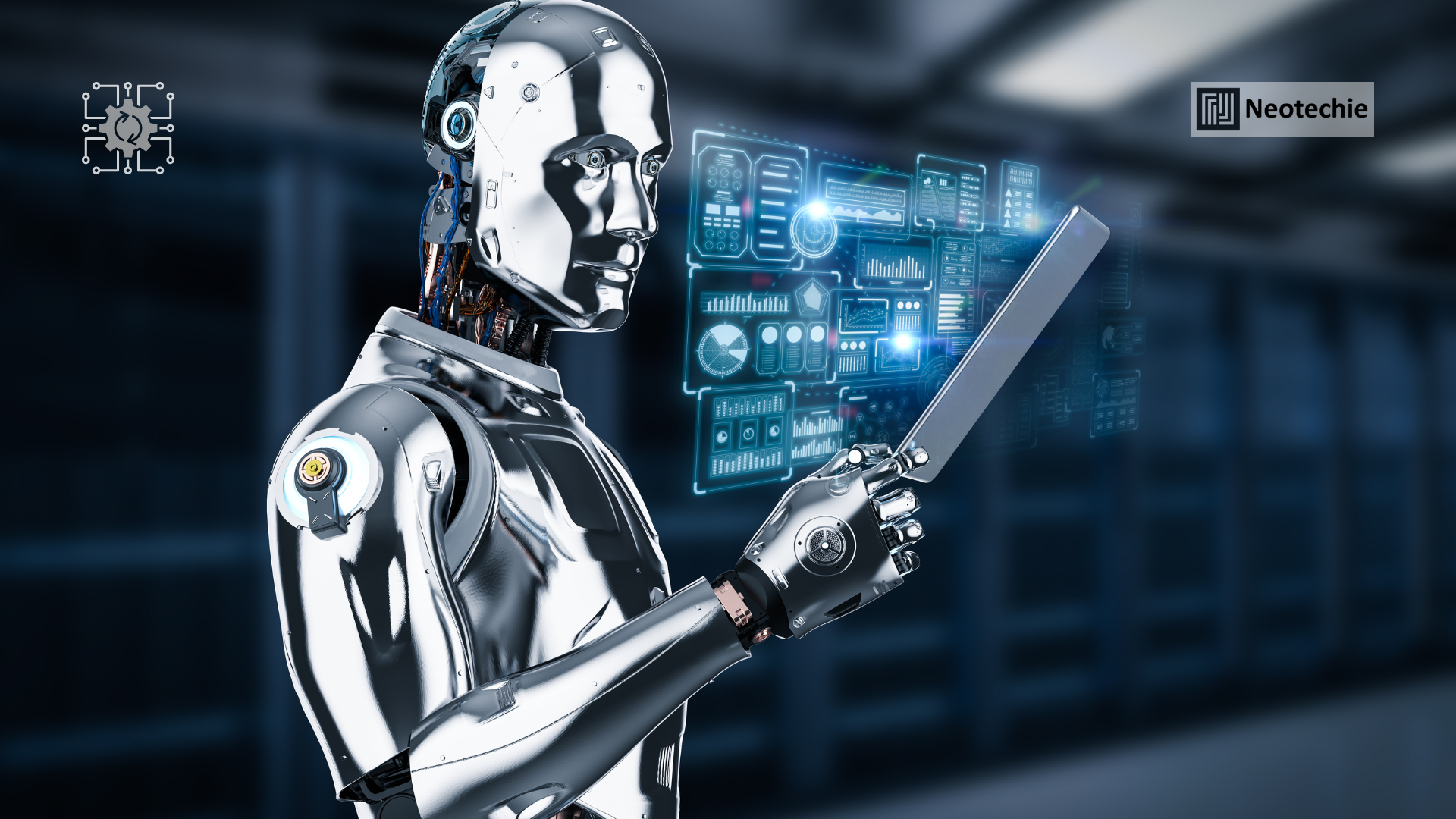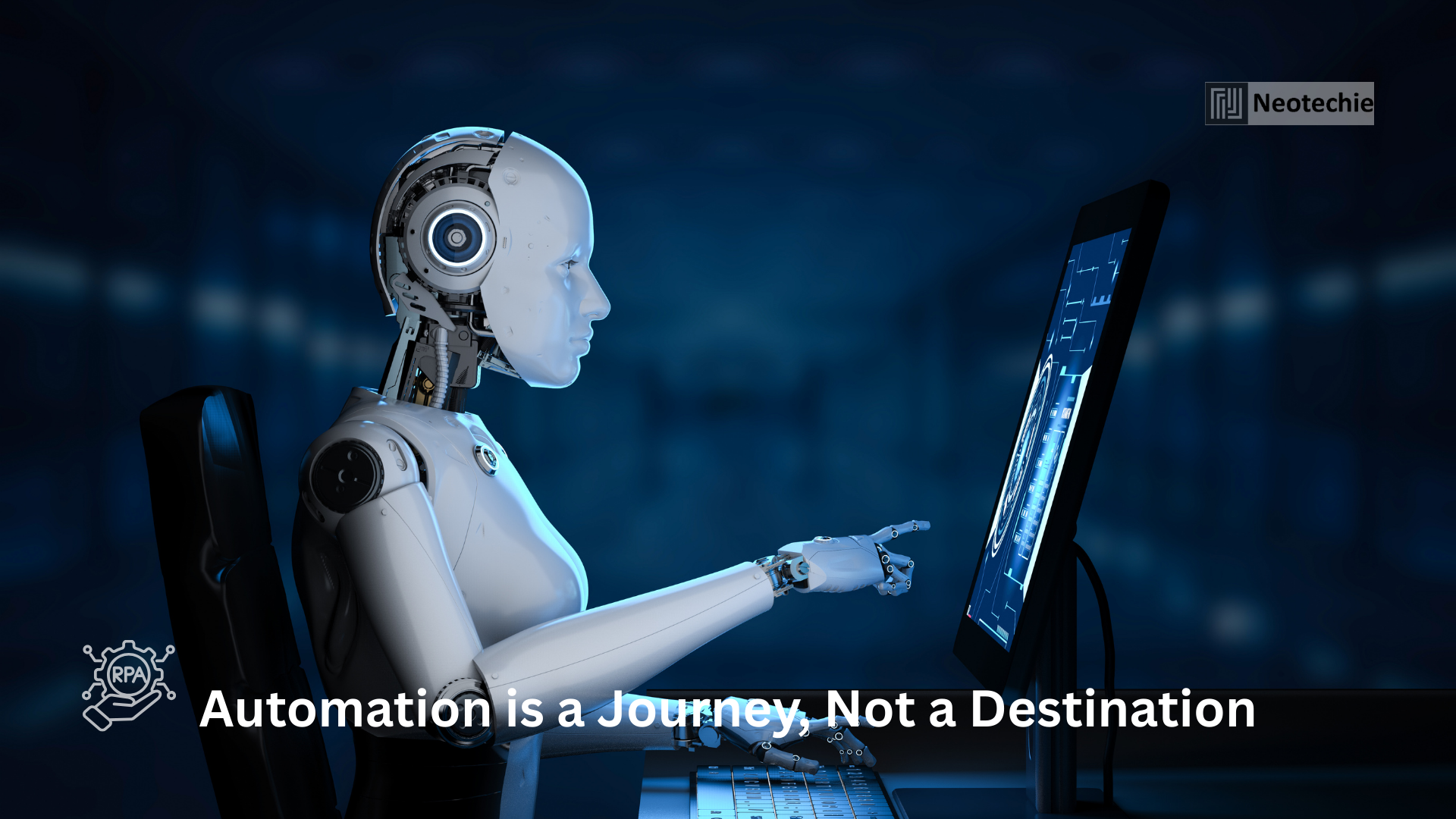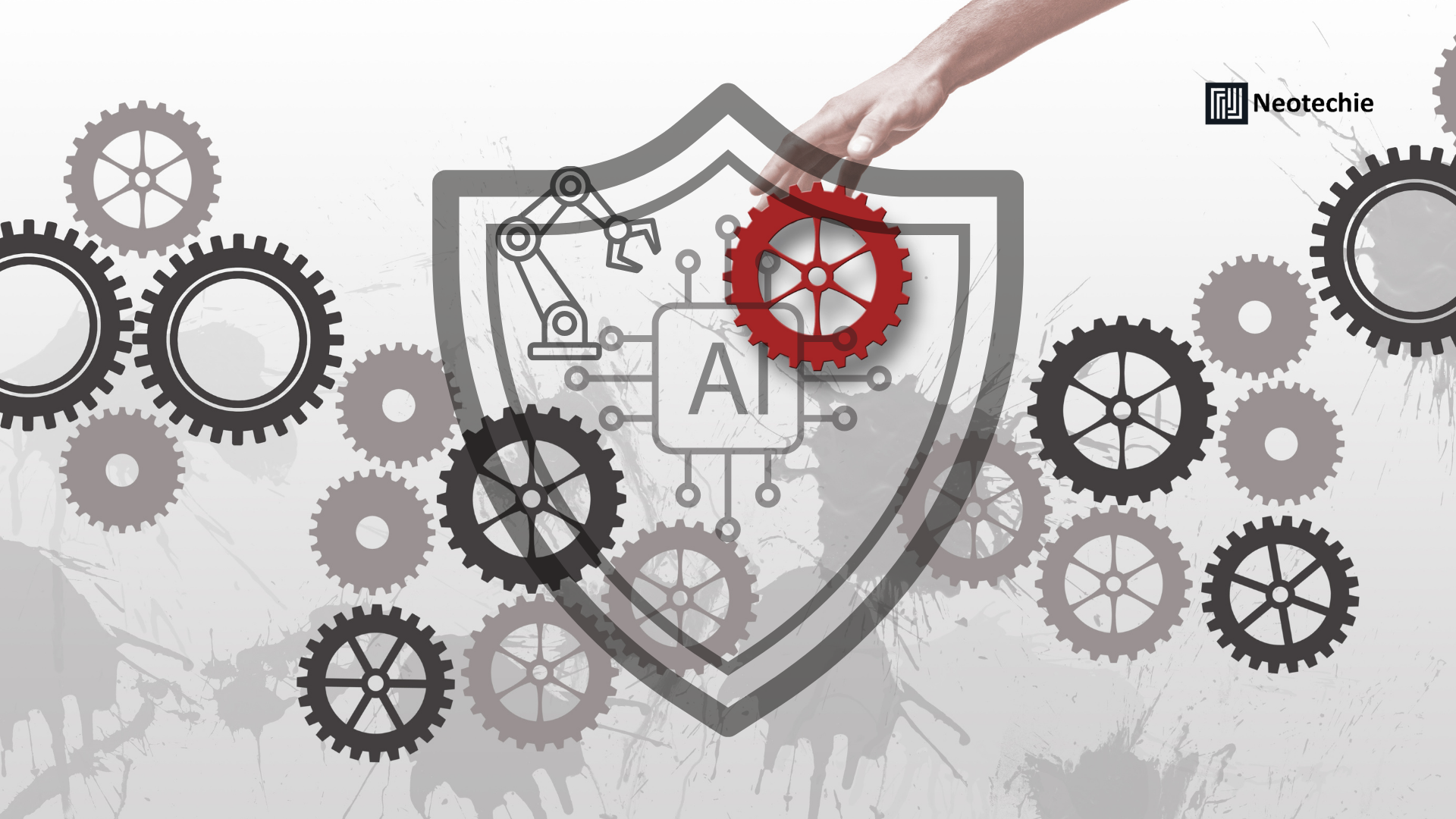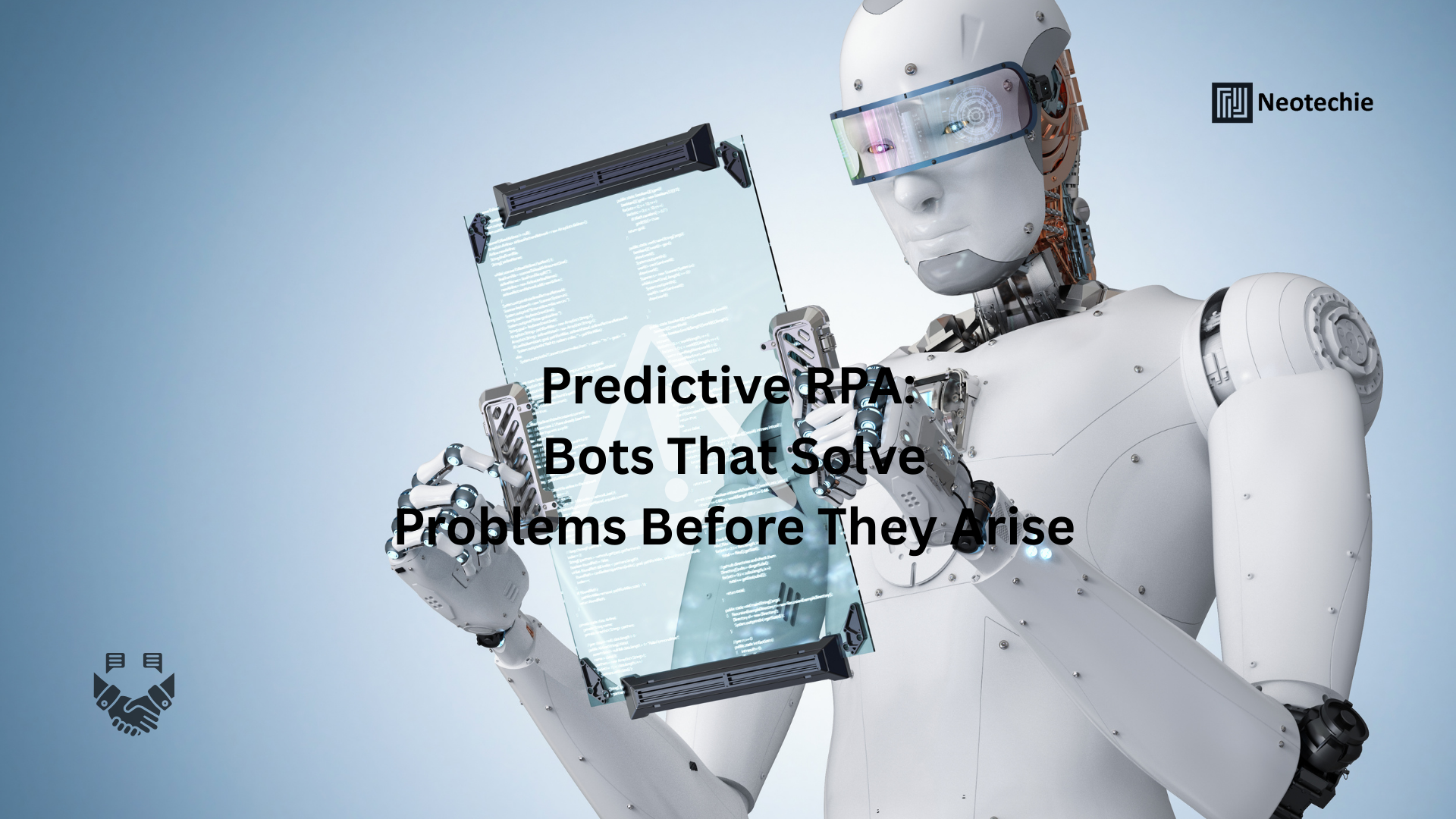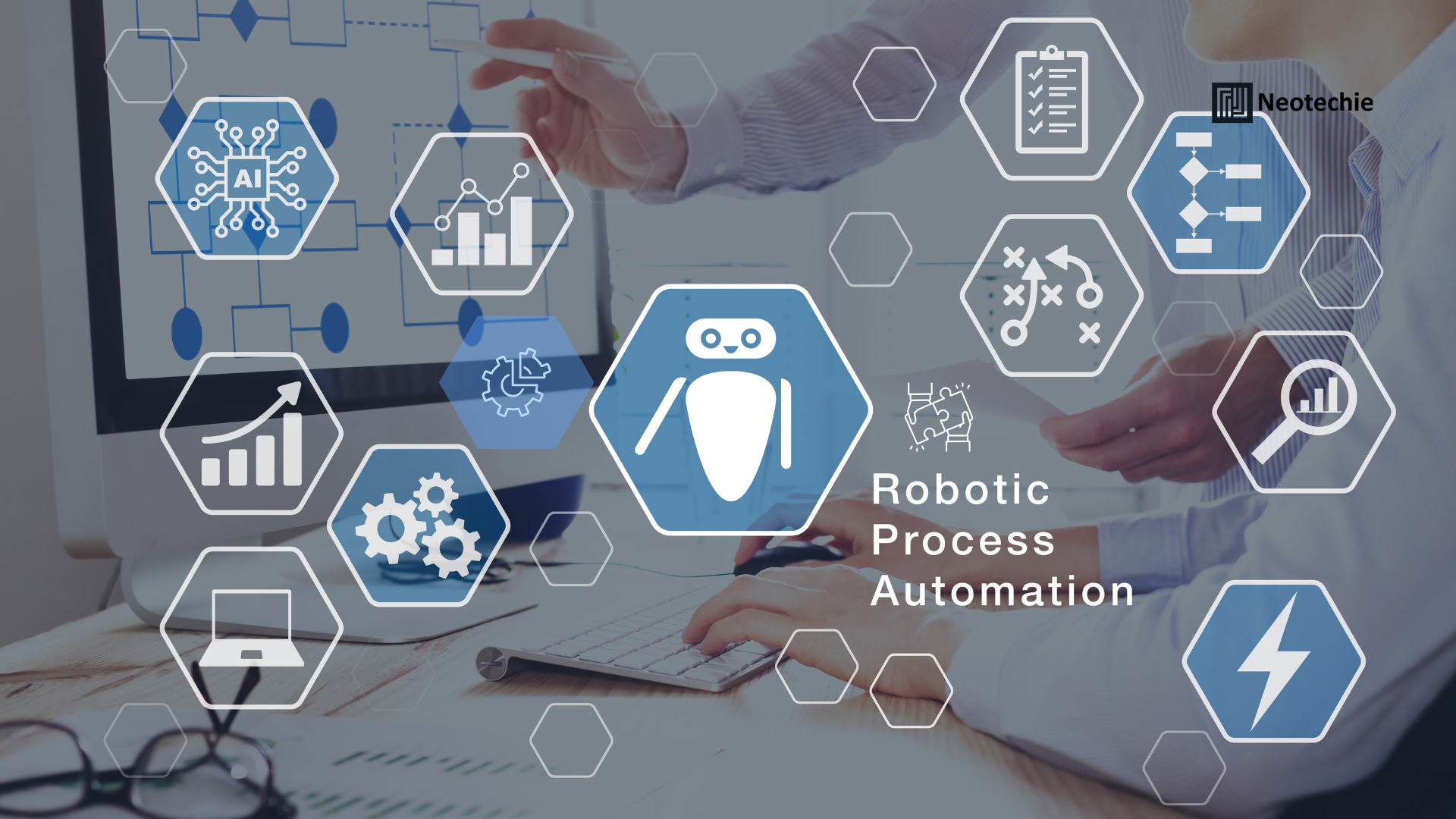Small and medium-sized enterprises (SMEs) are the driving force of most economies. They bring innovation, jobs, and agility, yet they also face constant hurdles: limited budgets, small teams, and the pressure to compete with larger corporations. Unlike enterprises with deep pockets, SMEs must maximize every resource to survive and grow. Robotic Process Automation (RPA) offers a way forward—enabling SMEs to automate routine work, improve accuracy, and scale without heavy investments.
What is RPA for SMEs?
RPA uses software bots to handle repetitive, rule-based tasks that humans usually perform. These bots can process invoices, update customer records, generate reports, and even manage routine customer queries. For SMEs, the real value lies in the fact that RPA doesn’t require massive IT overhauls—it can be implemented on existing systems and expanded gradually as the business grows. This flexibility makes RPA both affordable and future-ready for small businesses.
Why RPA Matters for SMEs
- Resource Constraints: SMEs often have lean teams juggling multiple responsibilities. Instead of spending hours on repetitive tasks like payroll or data entry, RPA takes over, giving employees more time to focus on sales, strategy, and innovation.
- Cost Pressure: Hiring more staff or investing in large-scale IT systems isn’t always possible for SMEs. By automating repetitive tasks, RPA reduces the need for additional headcount and minimizes costly human errors, directly impacting the bottom line.
- Scalability Needs: As SMEs grow, their processes expand in volume and complexity. RPA scales effortlessly—bots can handle thousands of tasks per day, and new ones can be deployed quickly to manage growth without significant overhead.
- Competitive Edge: In industries where response time and efficiency matter, SMEs can use RPA to compete with larger players. Faster order processing, quicker customer support, and accurate reporting give SMEs the agility they need.
- Employee Productivity: When staff are freed from repetitive tasks, they can focus on building relationships, closing deals, or improving services. This shift increases job satisfaction and helps SMEs retain talent.
How RPA Drives Scalable Growth in SMEs
- Automated Finance and Accounting
Managing accounts, invoices, and payroll is critical but often tedious. RPA bots can automatically extract data from invoices, process payments, reconcile accounts, and generate accurate reports. This reduces errors in financial statements and ensures compliance with tax obligations, all while saving valuable time for finance teams. - Customer Support Automation
SMEs may not have the budget for large customer service teams, yet customer expectations are high. RPA helps by routing support tickets, responding to common queries, and even managing live chat through integrations. This ensures customers receive timely responses without the need for a large team. - HR and Employee Management
Recruitment, onboarding, and payroll are time-consuming tasks for small HR teams. Bots can scan resumes, update employee records, and process salaries automatically. This not only saves time but also ensures accuracy in sensitive processes like payroll. - Inventory and Order Management
For SMEs in retail, e-commerce, or manufacturing, managing stock manually is a recipe for delays and mistakes. RPA bots monitor inventory in real time, trigger purchase orders when levels run low, and update order statuses automatically. This prevents stockouts, avoids over-purchasing, and keeps customers satisfied with timely deliveries. - Regulatory Compliance
Compliance isn’t optional—even for small businesses. Tax filings, labor laws, and industry regulations demand consistency and accuracy. RPA ensures that reports are generated on time, records are accurate, and every action is logged for audit readiness. This reduces the risk of penalties and builds trust with clients and regulators.
Business Transformation for SMEs with RPA
RPA goes beyond saving time—it reshapes how SMEs operate:
- Scalable Efficiency: SMEs can automate just one process to start, then expand as they grow, without disrupting operations.
- Improved Accuracy: Errors in payroll, invoicing, or compliance can be costly. Bots deliver consistent, error-free performance.
- Faster Growth: By removing manual bottlenecks, SMEs speed up workflows and accelerate business outcomes.
- Customer-Centric Operations: With faster responses and smoother processes, SMEs can delight customers and build stronger loyalty.
Practical Use Cases for SMEs
- Retail & E-commerce: Automating product catalog updates, order confirmations, returns processing, and inventory checks.
- Professional Services: Automating billing, generating client reports, and sending reminders for payments or renewals.
- Manufacturing: Managing supply chains by automating vendor communications, purchase orders, and compliance paperwork.
- Startups: Automating payroll, CRM updates, lead management, and investor reporting to support growth with limited staff.
The What, Why, and How of RPA for SMEs
- What: Software bots that handle repetitive, rule-based tasks like finance, HR, and customer service operations.
- Why: To save costs, enhance productivity, and allow small teams to focus on growth-oriented work.
- How: By starting with critical processes like invoicing or customer support, then scaling automation across departments as the business expands.
How Neotechie Helps SMEs with RPA
Neotechie provides customized RPA solutions that are designed to be affordable, scalable, and impactful for SMEs. Our offerings include:
- Finance Automation: Handling invoices, reconciliations, and payroll with speed and accuracy.
- Customer Support Automation: Automating ticket routing, chat support, and FAQs for better customer satisfaction.
- HR Automation: Streamlining recruitment, employee onboarding, and payroll processes.
- Inventory Management: Real-time stock monitoring, order automation, and vendor coordination.
- Compliance Automation: Automated tax filings, document tracking, and audit-ready logs.
By partnering with Neotechie, SMEs can adopt automation strategically—building efficient operations that scale with growth and staying competitive without overspending.
Final Word
SMEs constantly balance ambition with limited resources. RPA bridges that gap by offering big-business efficiency without big-business costs. It simplifies day-to-day operations, reduces errors, and enables teams to focus on strategy and innovation. With Neotechie’s expertise, SMEs can confidently embrace automation as a growth enabler, ensuring they are ready to scale, compete, and succeed in the long run.

